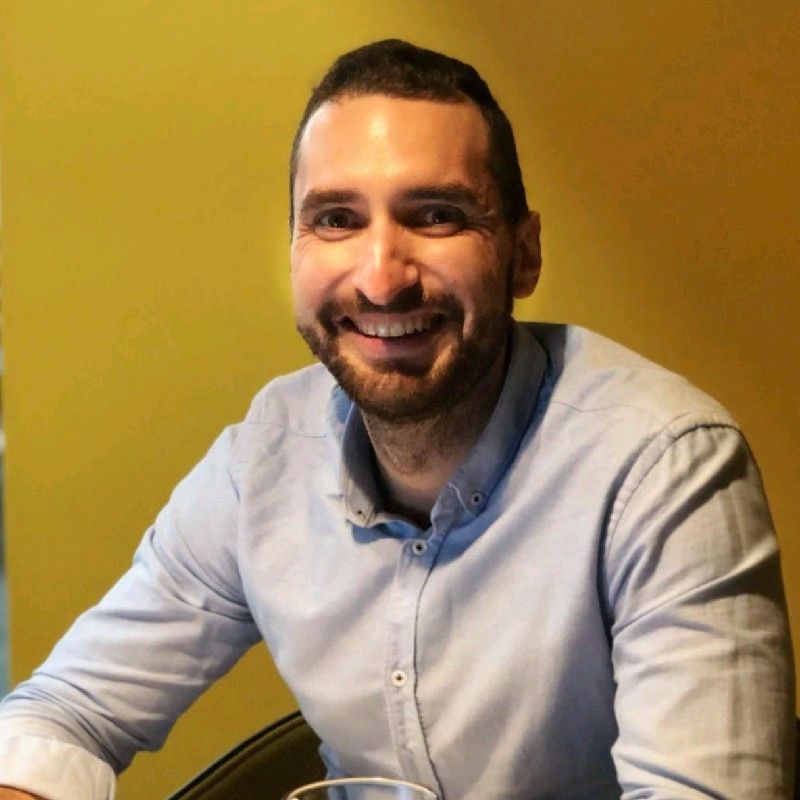I had the opportunity to ask a few questions to a recent guest contributor of ours, Mauricio Rojas Hacker. Mauricio is the Head of Strategic Alliances at Google Cloud. His recent Op-Ed at PartnerHacker, Understanding the Partnership Spectrum, got a lot of traction, so I reached out to learn more about Mauricio and his views on partnerships.
Question: Mauricio, thanks for agreeing to do this interview. First, tell me a little about your background and how you became interested in tech.
Answer: I started my journey into tech while pursuing my bachelor's degree in electronics engineering. The curriculum was heavily focused on programming, telecommunications and robotics. My thesis work focused on building probes to measure EMF from circuit boards to ensure components would work properly.
Right out of school, I started my professional career in sales (Consumer Packaged Goods) and later on was lucky to find a nice middle ground leading sales engagements in the tech industry.
Q: How did you get interested in the partnerships space?
A: I wasn’t fully aware of the space until I got my first job and was able to see how organizations were leveraging third parties in their GTM efforts. I really got interested in the space while at Google, building Google Cloud’s partner ecosystem in LATAM.
Q: What kind of work in the partnership ecosystems have you been doing at Google?
A: In four words: Recruit, Onboard, Enable, Grow. I’ve been fortunate to experience the entire lifecycle of a partnership from inception to the full ramp.
Over time, my work evolved from helping build a partner program/offering, to pitching alliance opportunities, to enabling sales/technical teams globally, to helping companies build GTM strategy/plans, to signing $XXM Partnership agreements.
A: Google seems like a coveted place to work; what has your experience been like working there?
Q: Life-changing. Time goes pretty fast and similar to dog years; I'm 8 years in but feels more like 16. Hypergrowth is a great teacher of how things can work well and how others can break within the organization.
The experience and the learnings would be hard to get elsewhere, but there are great opportunities out there in small or large companies.
Q: Can you tell me what it's been like to work in SaaS and IaaS sales and partnerships?
A: Cloud technologies have changed the way companies think about and adopt new products/services. There is so much flexibility around resource allocation, cost management, product development, technology adoption, and many more. Supporting customers going through this new journey is exciting and very fulfilling.
From a Partnership perspective, we see that so many companies born in the cloud need to build a channel organization to thrive and grow. With this massive wave of new companies going to market, it is clear that our understanding of how to build and manage channel ecosystems will change forever.
Q: What is the most challenging part about the work you do in sales and partnerships?
A: There are an unlimited amount of challenges we face when building technology/Services alliances.
This challenge cuts across product development/integration, marketing, sales, support, and engineering. Unfortunately, there is no easy solution, and that is why the role of alliances is key within an organization.
Q: What is the most rewarding part of the work that you do?
A: Helping individuals and organizations grow, thrive, and enjoy the process of working together.
Q: How did you become aware of PartnerHacker, and why did you decide to post your latest article, Understanding the Partnership Spectrum, with us?
A: I found PartnerHacker on LinkedIn. I was looking for a nascent platform that, like me, is interested in building a community and sharing best practices about partnerships and alliances.
Q: In your article, you mentioned that you will never find a partner meeting all the criteria you might desire. How long did it take you to come to this realization?
A: Not sure about the timing. But I clearly saw that when organizations mature and evolve, there is an unspoken expectation that their partner ecosystem will evolve/mature with them.
Organizational objectives change over time (product-market fit, customer acquisition, consumption growth, customer retention…), and these new/different objectives are passed along to the channel ecosystem, creating unnatural or forced motions for those partners.
From here, things start to break, the focus of the alliances gets blurry, and frustration is felt on both sides.
The lesson was clear, always ask:
- Can our existing channel ecosystem support our new organizational goals?
- How can we enable our existing partners to help us achieve our new objectives?
- What new partnerships do we need in place to achieve our new goals?
Q: Your article also mentioned that you need to build your partnership relationships like a team. How do you assess the capabilities each partner brings to the team?
A: Each company building its partner ecosystem needs to create its own assessment criteria/questionnaire when recruiting new partners.
At a very high level, partnerships can supplement specific business areas such as:
- Business Development
- Marketing
- Product
- Sales
- Delivery
- Support
When building your partner ecosystem, your job is to have the relevant assessment criteria to evaluate each of these business areas. When proactively recruiting for partners, it is key to do prior research so you know in advance what you would like to get out of the partnership and what value you can provide to them.
An example could be: meeting with the CRO to understand the existing customer base, ARR, sales cycle duration, average deal size, segment focus, and common sales objections.
Meet with their support team to understand SLA, SLOs, and tickets they handle on a monthly basis. Overall, get an idea of what they are good at and what areas you can bring value to them.
Q: You mentioned on LinkedIn that you'd be posting more guest Op-Eds at PartnerHacker. Can you give us a preview of what you have in mind for forthcoming articles?
A: Yes, I can (in no particular order):
- The ideal Partner Org structure (roles, responsibilities)
- The channel maturity curve (partner adoption growth for SaaS companies)
- Building a Partner recruiting strategy/plan/pitch
- Best practices on creating partner incentives (inclusive of sales compensation).
- GTM channels considerations based on Geography
- Main components for your partner program
Thanks, Mauricio; we look forward to more guest Op-Eds in the future!
If you'd like to submit a guest Op-Ed. Use this form.
Prefer to listen? Subscribe to our PartnerHacker Articles Podcast.



